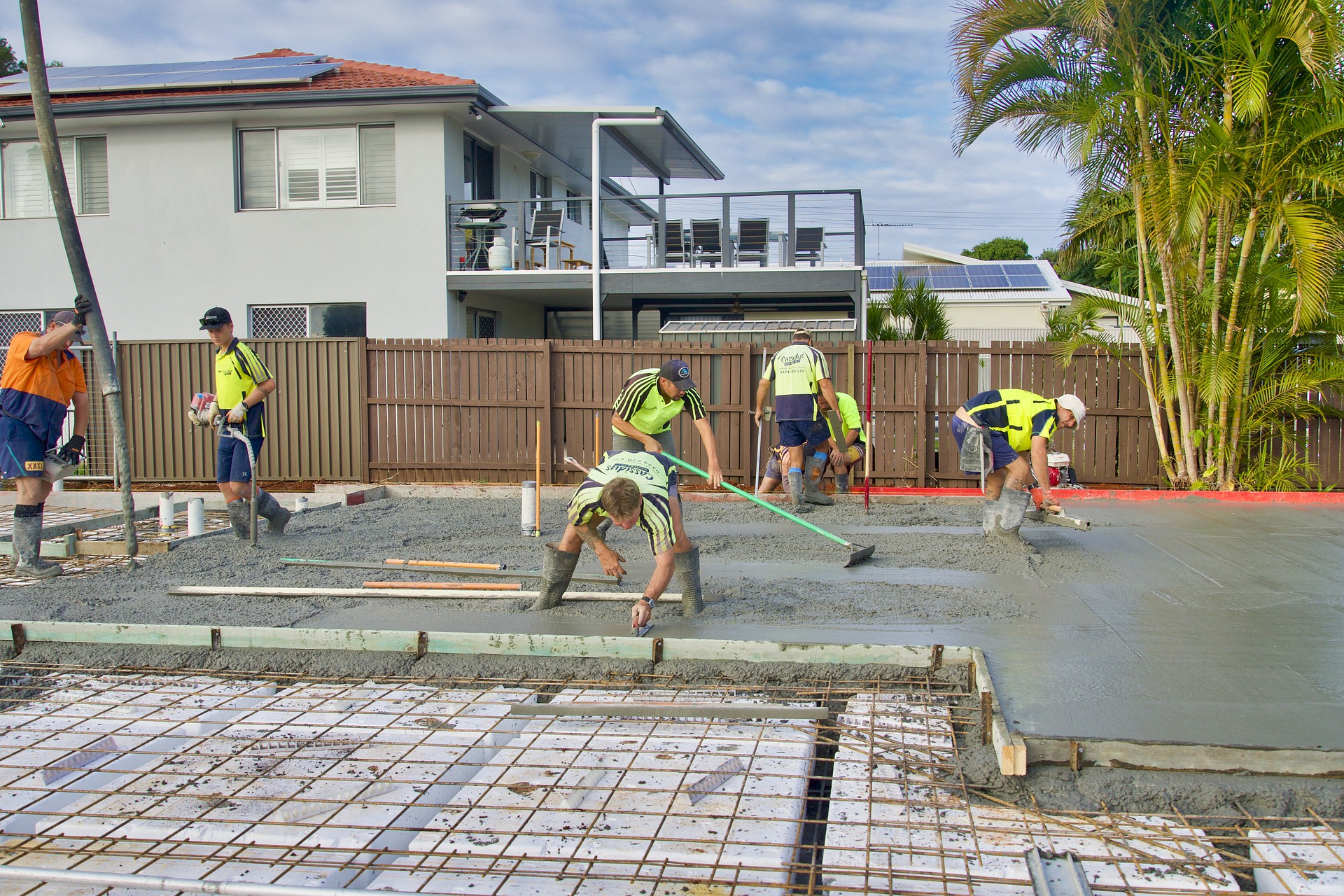In martial arts instruction, I’m often criticized for teaching in a simplified format—using a compliant attacker (uke) who throws a static punch while the defender (tori) executes their technique. What many critics miss is that simplification is an essential part of the learning process. Just like in academics, we don’t throw a child into reading scientific journals on their first day of school. We start with the basics: simple words, clear structure, and repetition.
Teaching martial arts is no different. Isolating the primary mechanics of a technique, without the noise of resistance, allows students to focus on understanding and execution. The real issue arises when instructors fail to advance beyond this basic level. That’s where skill stagnates—and where thoughtful progression is required.
Why Start Simple?
When we teach takedowns or throws in Kempo, our initial goal is just to get the opponent to the mat. We’re not concerned with precision, pain compliance, or positional control—yet. We’re building confidence and helping the student develop a tactile sense of movement. Once that foundation is laid, we add layers of depth and complexity.
This approach often puzzles intermediate students. I’ve had many of them ask, “Why didn’t you show that to the white belts?” The answer is simple: they weren’t ready. Just like you weren’t at the start. Martial arts is a layered education, not a data dump.
The Five Levels of Technique Implementation
Here’s a breakdown of how a single technique can evolve through progressive levels of training:
- Basic Execution — Get Them Down
At this level, the goal is simply to complete the throw or takedown. The attacker goes down, the defender steps back, and the confrontation is neutralized. This basic form builds timing, confidence, and coordination. - Add Impact — Disrupt the Break-Fall
Once the student is proficient in the movement, we teach acceleration. The goal here is to control the descent in such a way that the opponent cannot properly break-fall or roll out, increasing the effectiveness of the takedown. - Control Positioning — Guide the Fall
Here, we refine the technique to not only put the opponent on the ground, but also to guide their fall into a vulnerable position. Pinning them at the shoulders and hips disables their ability to counter, strike, or escape easily. - Dominate with Locks and Pressure
Now that the opponent is pinned, we introduce pain compliance through pressure points and joint locks. This phase ensures they remain subdued and further discourages resistance. - Submission and Resistance Training
The final level involves practicing the technique against a resisting partner. At this point, students must learn to apply the technique under pressure—against someone who fights back, counters, and adapts. This is where theory becomes reality.
The Learning Curve of Mastery
Martial arts is not about instant results. Mastery takes time, repetition, and focused intent. Some techniques may feel ineffective early on—not because they don’t work, but because your body hasn’t yet learned how to make them work. With patience and practice, your understanding will deepen, and the art will come alive in your hands.
What are often called “secret techniques” are nothing more than the natural outcome of dedicated training. Once you’ve experienced and internalized a movement through hundreds of repetitions, it evolves. New details emerge. Connections to other techniques become clearer. This is the real magic of martial arts.
Whether you’re training in Karazenpo Go Shinjutsu, Empower Kickboxing, or Philippine Combatives, this layered progression applies across all disciplines. The more you sweat in practice, the less you’ll bleed in battle.
Progress Through Practice
Understanding the levels of technique implementation helps students measure progress realistically. It’s not about how fast you can learn a move—it’s about how deeply you can understand and apply it. As you grow in your training, don’t be content with surface-level proficiency. Dig deeper. Revisit old techniques and explore their hidden layers.
Have you experienced these levels in your own training? Share your stories or insights in the comment section—we’d love to hear how your techniques have evolved!



